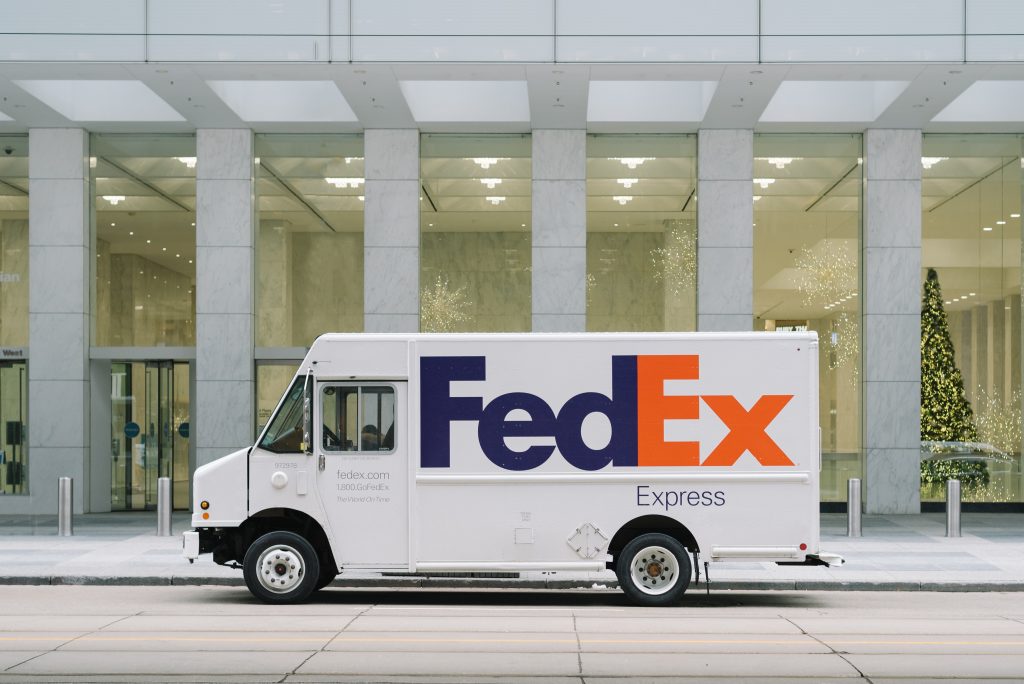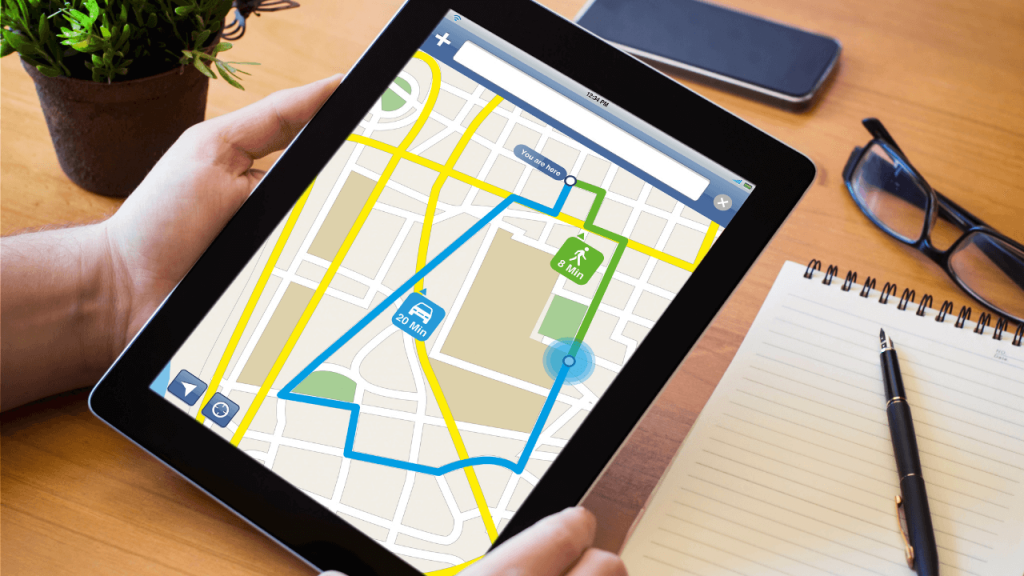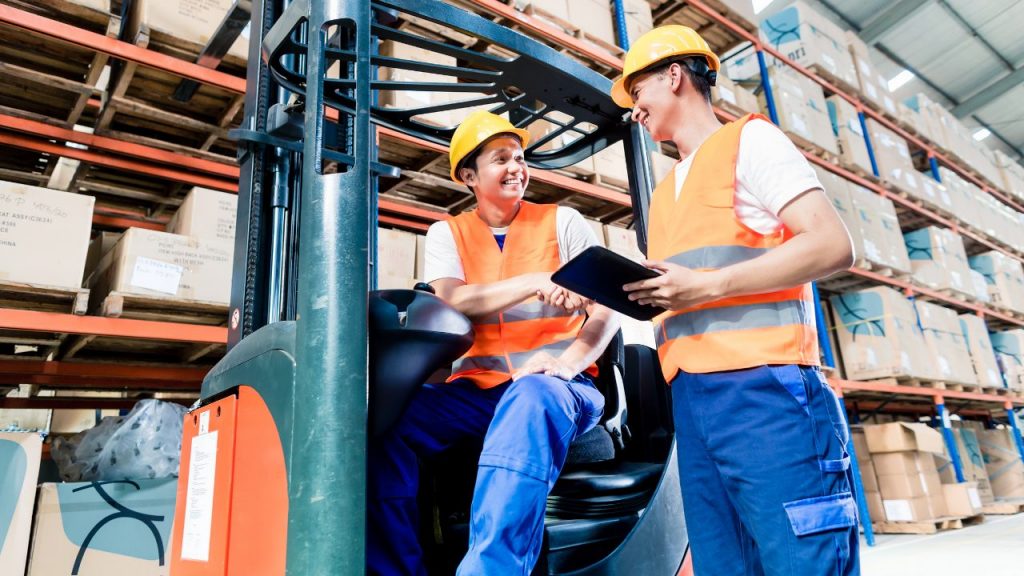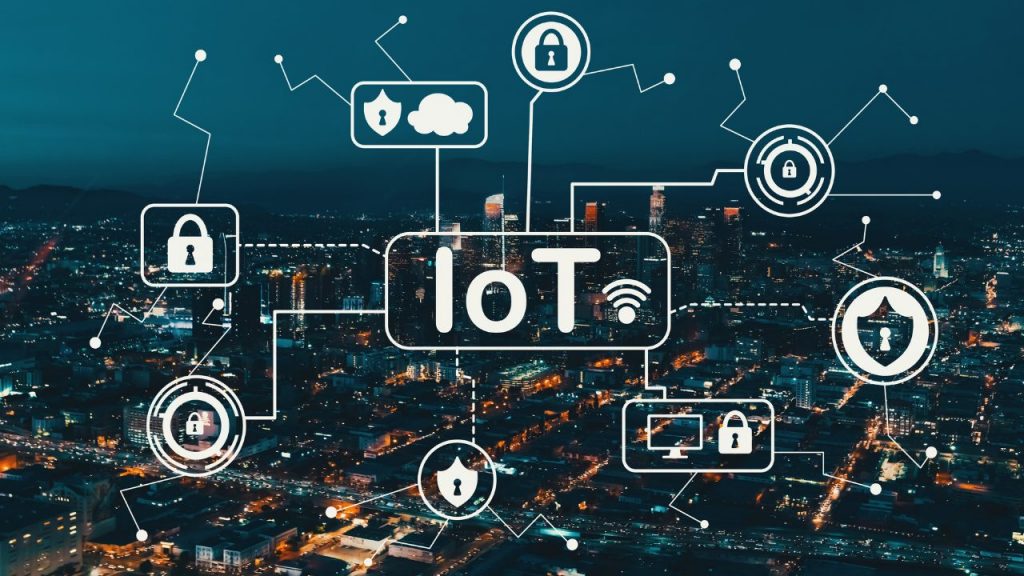Last Updated on April 14, 2023

Logistics, put plainly, is the management of resources that are either in transit, or need to be. Resources, in this context, refer to anything of value. This includes people, tangible goods, materials used to produce something else, or again, practically anything of worth that is in transit or, eventually, will be.
Example of Logistics Management at Work
Mr. John Doe needs to be at a medical appointment on a certain day and time. The medical appointment is at a specific place. Ms. Suzie Q. wants to ensure that Mr. Doe makes it to this designated location and that he arrives fifteen minutes before his scheduled appointment. She wants to help make sure this happens because it is her job too.
Suzie works for a medical transport company whose self-defined mission statement is to ensure patients are transported safely to and from medical appointments, and that this is done, in a timely fashion. One of the most effective tools that optimizes medical care logistics and reduces the financial costs of clinics is telemedicine. So telehealth appointments become more relevant. It is the same as normal medical appointments, but are assisted over the phone or online rather than face to face.
The preceding example is quite generic. However, it serves the purpose of demonstrating the main angles to be considered in the broad spectrum that encompasses the term: logistics. Exactly who gets John Doe to his appointment in time and in what manner, begins to delve into the details of what makes or breaks a successful logistics operation.
Perhaps the company that Suzie Q. works for already owns a fleet of transport vehicles and retains a number of hired drivers. If this were to be the case, then logistics could prove to be as simple as calling and signing onboard the first qualified company driver with the open availability on the day and time frame of the appointment and then reserving a company vehicle for his or her use to drive John Doe that day.
Or, maybe, there is a cheaper, but just as viable alternative, that ought to be explored to reduce costs, moving forward? After all, Suze Q. wants to do this for her company so she earns her paycheck and so her company makes money.
👉 Free Download: AirDroid Business MDM For Logistics & Transportation Datasheet
Discover how to monitor data roaming usage and remotely troubleshoot drivers’ devices. Automate app updates without drivers’ assistance.
There is a lot more to successfully managing logistics than one might immediately think. Every major aspect of a logistics process can likely be broken down into further subsections, of finer details, and then, these too may likely be further broken down, into even more intricacies. The process by which this is all done, from start to finish, in a context involving resources and their physical relocation is all logistics management.
As logistics is such an important aspect to many modern businesses, some game-changing innovations have developed to aid in the process.
Some of these innovations have arisen from the software development sector. Cloud-based transportation management systems (TMS) are solutions that aim to help both outbound and inbound logistics management. Custom logistics software can be ordered and produced to be tailor-fitted, so to speak, for any company’s specific logistical needs. This can often prove more efficient than a one-size fits all approach.
Top Four Modern Innovations of Logistics Management

Multi-Route Planning
One of the innovations that presently exist in the logistics field is a software-developed solution that typically resides in the cloud, called multiple routes planning. There are some major competitors in this sector, including the ever-popular MapQuest site.
These multiple route planning tools are designed from the standpoint of saving both time and money. By efficiently managing the routes and stops of a multi-faceted trip featuring multiple destinations and stops, drivers will get their resources to their destinations quicker, and with less hassle. This, in turn, saves mileage, which in turn saves gas and money, and also this saves time, with fewer hours on the clock for drivers. Less clocked-in hours for transportation personnel directly equates to a lower payroll expenditure.

There is little doubt that implementing a multiple route planning system can well prove worth it for any company involved in logistics, and it is definitely worth any logistic manager’s time to consider utilizing one of these tools immediately if it has not been done already. Check out this online resource for a good guide on what fundamental aspects to keep in mind when choosing the right multiple route planning system to put in place for your organization.
On-Demand and Crowdsourced-based Delivery Options
A second major innovation that has come about in the logistics sector is the growing on-demand and crowdsource-based delivery options. DoorDash, UberEats, and Grubhub are all three examples of crowdsource-based delivery providers. Anytime someone wants food delivered to their location, they simply place an order for their desired restaurant through the crowdsource provider, and then a representative of the applicable company places and picks up the order from the applicable diner, and afterward delivers it to the customer.
Of course, this does not have to be a service for just food delivery. Any resource can be transported and delivered in a similar fashion. On-demand, crowdsource-based delivery is a true modern innovation in the logistics sector that many organizations, and individuals, for that matter, are presently taking advantage of. The convenience of this current era innovation is hard to deny and it is a sure bet that many more retailers will be onboard, fully taking advantage of this option in the near future, if they have not done so already.
Smart-Warehousing Technologies
Thirdly, blockchains are another huge innovation in the world of logistics. Blockchain technology is the same technique that is used in cryptocurrencies, like Bitcoin and Litecoin. Its technology incorporates distributed data storage methods across various mediums using encryption to protect and encapsulate the data.
Supply management firms tend to produce and stockpile hundreds, if not thousands, or even more, stacks of paper-based records. These records can include invoices, receipts, tracking records, and other communication-based records and they can, will, and do pile up. Over the course of time, the sheer volume of these paper documents can absorb complete spaces in large warehouse settings.
Blockchains, in regards to the logistics industry, strive to reduce, or even, completely eliminate these mountainous volumes of paper records. They are mostly safe to employ too, which is another big selling point. Since the data is encrypted, often with high-grade encryption techniques, without the proper credentials, the data will prove unreadable. Thus, an organization has the ability to reduce much of its tangible hard-copy paperwork by replacing it in digital form, without the fear of data theft or misuse.

Blockchain technology may be used in many ways in modern industry, and one of those ways it is finding its place is in Warehouse Management Systems (WMS). A large quantity of the smart warehouse management systems available for businesses that house large inventories of resources, requiring such a service, employ blockchain technology.
Item tracking is an extremely intuitive endeavor when it is done by utilizing blockchain technology. Instantly, warehouse managers are able to locate where items are presently located and also, how often these goods are being sold and moved. This greatly helps these managers catch and prevent theft, in addition to being better equipped at making decisions regarding inventory management, as they are able to more quickly and accurately assess market trends.
By being able to forecast these trends in the market, they will know which items to keep well-stocked and exactly when to do so. This knowledge can also help conserve warehouse space for these types of items because they will also know which items do not move as quickly. If there is little need to keep on hand a large quantity of certain item types, this extra space can be utilized much more efficiently.
Of course, blockchain technology is not the only innovation that is being implemented inside warehouses where items are stored, ready to be transported as part of the entire logistics operation process. Drones and automated guided vehicles (AGV) are regularly being used now for warehouse tasks. Duties such as barcode scanning and scoping inventory in high and hard to reach places are easily and quickly done by drones. Automated guided vehicles are perfect for moving items throughout a warehouse. Whereas fatigue and repetition can create a possible problem with regards to accuracy and efficiency with such tasks in human personnel, this is a non-existent problem with regards to robots and AGVs.
Other technology, like radio frequency identification (RFID), is being used more widely in smart warehouses of today, in comparison to the past. RFID chips are able to store a considerably larger amount of data than barcodes can. Plus, RFID readers are also able to scan these tags quicker than barcode scanners can scan barcodes.
The extra information that RFID tags may contain is a big reason why warehouse management personnel are implementing them more and more, as time passes on. This additional information can prove very insightful to these managers and thus, bolster inventory management efforts.
Sensors are another practice being put into place in many smart warehouses of today. Temperature sensors can help prevent item spoilage, while motion sensors immensely assist in tracking the location of items, throughout every stage of the supply process.
IoT (Internet of Things) Fleet Management

IoT, or the Internet of Things, is becoming a major player in the logistics field when utilized conjunctively with fleet management. This is the fourth significant innovation in the logistics management sector, almost completely revolutionizing the concept of fleet management, when directly compared to the way this was accomplished in years past.
Quite obviously, logistics managers need to not just be concerned with the resources inside of their company’s warehouses, but also with the very equipment, that is in this context, the fleet of vehicles and distributed mobile devices, employed to transport these aforementioned resources. By placing into practice the IoT for fleet management, logistical managers are easily and quickly able to track and manage multiple vehicles and mobile devices, in real-time. Being able to manage an organization’s fleet in such a manner, vastly improves efficiency, thereby improving a business’s bottom line.

Final Thoughts
When done correctly, a logistics operation that is a successful one, existing in this present age, will prove both seamless and utterly transparent. From origination to destination, resources are stored properly, then transported efficiently. At all times, the exact physical location of the resource is known, and when it comes time to pack and transport the resource, the proper method and mode of delivery is enforced, all the while, utilizing the most efficient route. Meanwhile, the precise whereabouts of both the item and the fleet vehicle can readily be made available to anyone interested and authorized to be made aware via a device management software.
Furthermore, with the right implementations, associated paperwork is largely reduced, as well as hugely reducing the likelihood of theft, spoilage, or loss. The potential stressors that can and may easily stem from downed equipment or a shortage of healthy personnel are also vastly diminished.
Logistics is the process of moving pieces across the chessboard, so to say. A successful logistics operation that may be proud of itself is one in which these pieces are highly valued, moved efficiently, as well as effectively, and reach their destination safely, and intact, resulting in a project void of any problems, along the way, or in this particular case and context, a checkmate.
[…] GPS fleet management platform and logistics services is the most advanced way to manage a logistics company and control the entire business process, along the value chain, from start to finish, […]
[…] Reading:Top 4 Innovations in Logistics Management You Can’t MissTips on Automating Android Alerts for Remote Device […]
This article is a must-read for anyone interested in the future of logistics management. It explores the latest innovations, including IoT, blockchain, and real-time tracking, that are driving operational excellence and transforming the supply chain landscape.
I thoroughly enjoyed reading this insightful blog on innovations in logistics management. It’s clear that technology is revolutionizing the industry, and the examples provided here are both relevant and inspiring. Speaking of innovative logistics solutions, I’d like to mention Cargo365Cloud, a leading logistics management software provider in India. Their cutting-edge software is designed to enhance operational efficiency, streamline supply chain processes, and drive productivity. It’s exciting to see how these innovations are shaping the future of logistics!